|
It was the summer before my senior year of college and I had convinced my parents to take a July trip to Powell, kind of as a last hurrah before I moved away and began my career. There were about 10 of us, including a couple of my friends from college. We had found an idyllic beaching spot for our 46-ft rental boat; a well-protected little cove off of Halls Bay, just south of where the cut to Bullfrog would have been at higher water levels, with a nice sandy beach, steep hills on three sides, and closed off from the main bay so that there wasn’t a large fetch anywhere to be found. It was hard to imagine a better, more secure beach and after digging in our two anchors, the last thing I was concerned about was getting blown off the beach. Fast forward a few nights, to a crystal clear, calm night on Powell with no sign of trouble in the air. As normal, we were all camped out on the upper deck of the houseboat watching the stars as we drifted off to sleep. The evening had been perfectly calm, but in minutes our tranquil night turned in to pandemonium as what I would describe as a williwaw swept down off the steep hillside on our port bow. I didn’t have a anemometer, and even if I had I wouldn’t have been looking at it, but I venture a guess at 40-mph winds buffeting the houseboat and quickly shoving the bow off the beach. The bow began quickly drifting down wind to starboard, pulling the starboard anchor line sideways and dislodging that anchor. All this happened before anyone was able to get off the top deck and down to the controls. Luckily, the port anchor held strong, leaving the houseboat steam downwind from the aft port cleat that was secured to that one anchor. Eventually, we were able to get the engines fired up and, pivoting off that port anchor point, align the houseboat around perpendicular to the beach again to drive it back onto the shore; holding it in place until the wind subsided about 20-minutes later. It never fails, no matter how securely anchored I think the boat is or how protected the beach, the wind will come up and works its magic…usually at the worst possible time, when everyone is trying to get some sleep. When you’re caught in this situation, reacting correctly can be the difference from a major headache and total catastrophe. Last September there was a significant wind event across the lake that caused huge amounts of damage, included flipping a large houseboat onto its side down on the southern end of the lake. Safely anchoring the houseboat is extremely important for your safety, the safety of the boat, and your piece of mind during a particularly bad storm. Winds on Lake Powell can exceed 50-mph and you should be prepared to deal with these conditions, which often arise in the middle of the night. By selecting the best available beach, properly preparing your anchors, and being ready to react to high wind conditions, you will be able to ride out the storm. The flat side of the houseboat acts much like a sail and wind force on the houseboat can be enormous. Heavy winds can dislodge even well set anchors and you must be vigilant in keeping the boat secure and being ready to respond to high winds. The wind force exerted on the houseboat can be calculated with the equation below. The Drag Coefficient for a flat plate is 1.17, the approximate area of the side of the houseboat is 1,000-ft2, and the density of dry air is approximately 0.074887-lbs(mass)/ft3. To complete the calculation, you must divide the result by 32.174 (gravitational acceleration) to convert pounds mass into pounds of force. The table below is provided as a quick reference. As you can see from the table above, you’re dealing with huge forces here. Site Selection Selecting the location of beaching the houseboat is critical and is one of the largest factors in how secure the boat will be during your week. Ideally, you should select a site with the following characteristics, but likely you will have to make some trade-offs.
Prior to leaving the dock with the houseboat, I like to identify one or more areas for out anchor site and then dispatch a scouting boat to go recon those areas and locate a suitable anchoring site. Ideally, this boat will be equipped with VHF radios for communications and a handheld GPS to provide an exact position of the site. Generally, I send a minimum of 4 people in the scout boat so that they can act as your anchor party and prepare the beach prior to the houseboat’s arrival. The scout boat crew will need to evaluate the beach and plan for the anchoring of the houseboat Site Preparation Once the prefect anchor site is identified the work begins. Hopefully, the anchor party will be able to have the beach ready by the time the houseboat gets there (so I don’t have to do as much work). This includes doing all of the following:
Anchoring The scout boat crew should have identified any possible obstructions or dangers prior to the houseboats arrival, but you should always post a lookout on the bow of the boat to watch for potential dangers in the water as you approach the anchor site. Houseboat should not be towing any small craft when beaching; send all small craft ahead to the beach and secure them out of the way from anchoring operations. Maneuver into the beach as perpendicularly to the shoreline as possible, driving into the beach at clutch ahead or slower, by taking the engines in and out of gear to keep a bare steerageway. Once the hull of the houseboat glides up onto the beach, increase your throttle to drive the hull up onto the beach and hold it there until anchoring is complete. With the houseboat now beached and all the preparations completed, anchoring should go smoothly. On Serenity and houseboats over 50-ft long, a minimum of two anchor points should be used on each side of the houseboat; smaller boats can get by with only one anchor on each side, but more anchoring points never hurt. Regardless of what anchors are used, they should be positioned so that the anchor lines are at approximately 45-deg angle to the boat. Anchor line length should be minimized; in the case of nylon lines, the more line you have the more it will stretch. Other new synthetic fibers, like Vectran or Spectra, have virtually no stretch and will behave similarly to steel cable, which is great, but I’ve found that they don’t hold up in the UV exposure they see in Powell. Setting Your Anchors Danforth anchors are the primary means for anchoring on sandy beaches. If properly set, the Danforth anchor will provide an exceptionally sturdy anchoring point. The anchor should be set in at least 2-ft of sand. If the sand is shallower than 2-ft over rock ledge underneath, as a strain is taken on the anchor the flukes will dig down and hit the rock surface. The rock will prevent the anchor from digging further and, as more load is put on the anchor, it will cause the flukes to flatten out and cause the anchor to lose hold on the beach. The anchor should be placed in wet, well packed sand near the water. Wet sand is much more stable and provides considerably more holding power for the anchor than dry loose sand. In order to set a Danforth anchor you can either fully burry the anchor, but there is an easier way. You’ll still need to dig a hole, but there is no need to completely bury the anchor; you can set it using power from the houseboat.
Drive anchors are essentially large stakes that are driven into the ground using a sledge hammer. They are not as solid an anchor as a properly installed Danforth Anchor, but if used correctly can be an effective anchoring system. They can be useful in situations where the sand is less than 2-ft deep, but at least 1.5-ft deep. Drive anchors should always be set in multiples, at least 2-3 in a line with the anchor line. Angle the Drive Anchors at between 20- to 30-deg away from the houseboat and back tie the first drive anchor to the next, and so on. Once all drive anchors have been driven and back tied, you may tighten up the anchor lines and secure. 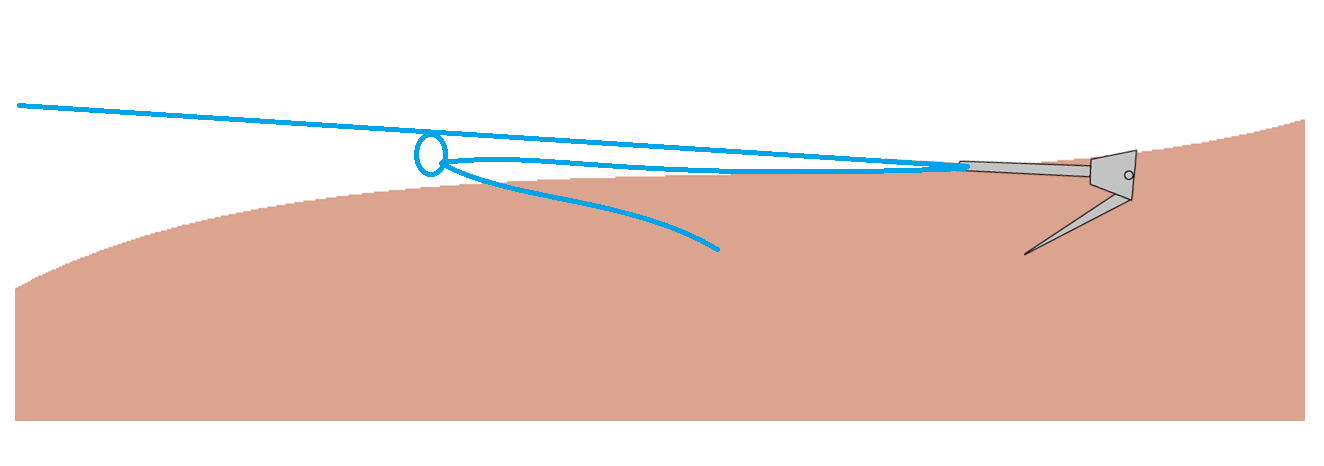 Large boulders or rock outcroppings can be the most effective anchors; just be sure that they feature you are tying off to is substantial enough to hold the houseboat in a strong wind. In this case, you simply loop a nylon lifting strap around the feature and connect it to itself with a shackle, to which you can then connect the anchor line. Once all anchors lines are attached you may tighten up the anchor lines and secure. Once you have your anchoring points secured, it’s time to tighten up the anchor lines and secure. There are a few approaches that you can take in taking the slack out of your anchor lines.
Water Level Changes Depending on the time of year the lake level will either be rising or falling and you must keep track of the stage of the lake level to ensure the houseboat doesn’t become permanently grounded or float free. Be sure to check with the marina prior to getting underway to see what the lake level has been doing; they should be able to give you a pretty good idea of whether the lake is rising or falling and how fast. In May and June the lake can be rising by as much as 1-foot per day. If the lake level is rising, you will need to drive the houseboat onto the beach and tighten up your anchor lines. If the anchors are buried near the water level, which is good practice, you may have to move them up the beach as well. If the lake level is falling, you will need to back the houseboat off the beach and let out your anchor lines. Failure to back the boat off with a falling lake level could result in sinking the stern of the houseboat if the boat is beached on a sufficiently steep slope, which is good practice. As the lake level drops, the buoyant force of the hull will no longer be supporting the boat, but it will instead be resting on the seafloor. If the angle of the beach is steep enough, such that the boat lying on the bottom would have the stern submerged, then the stern will submerge as there is not enough buoyant force to keep it afloat. Regardless of what the lake level is doing, you should check your anchor lines every morning and evening to see if they are slack or taught; and then make the necessary adjustments to keep the houseboat properly beached.
So, what happens with the wind comes up? Even with well-set anchors, an extreme wind event can still pose a danger to the security of the houseboat and you must be prepared to deal with a worst case scenario; being blown off the beach. If the wind comes up and you are noticing heavy strain on your anchor lines you should start main engines and maneuver to reduce the load on your lines. Turn the helm away from wind in order to push the stern into the wind and take strain off the anchor lines. Power forward onto beach and increase throttle until tension on the windward anchor lines begins to slack. Balance the throttles to maintain line tension: if the lee side anchor lines begin to go slack, you apply more power; if the windward side anchor lines begin to go slack, you reduce power. You just have to continue playing this game until the wind dies down. Until next time, here’s wishing you fair winds and following seas.
0 Comments
Leave a Reply. |
AuthorBrent Pounds has over a decade of experience in the maritime industry and has been involved in recreations boating since he was a child. See the About section for more detailed information. Archives
October 2016
Categories
All
|
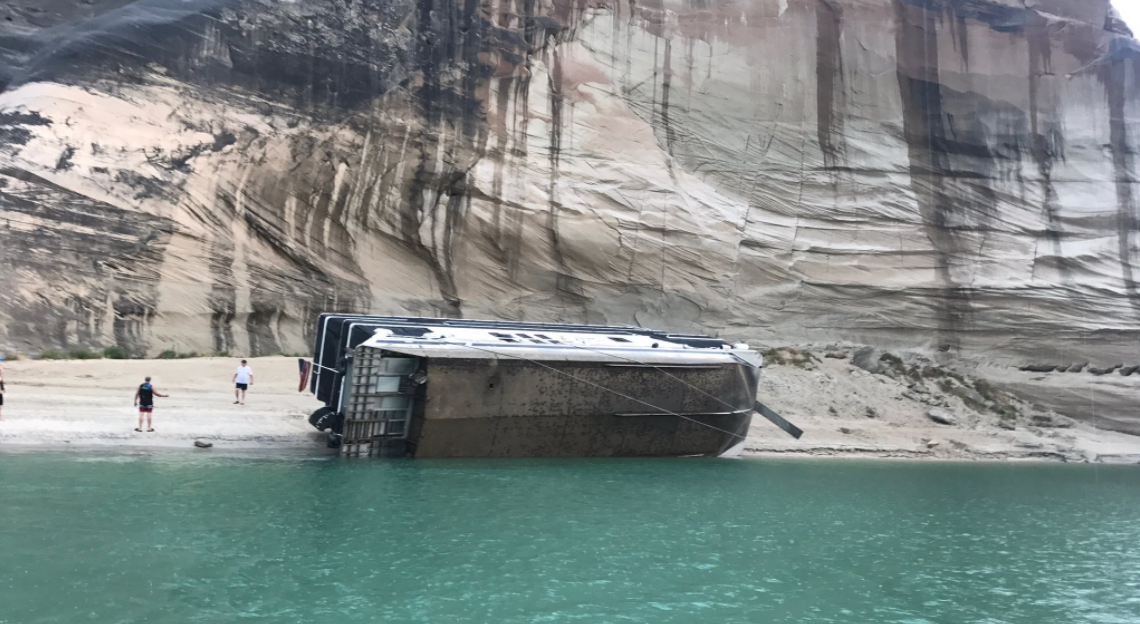

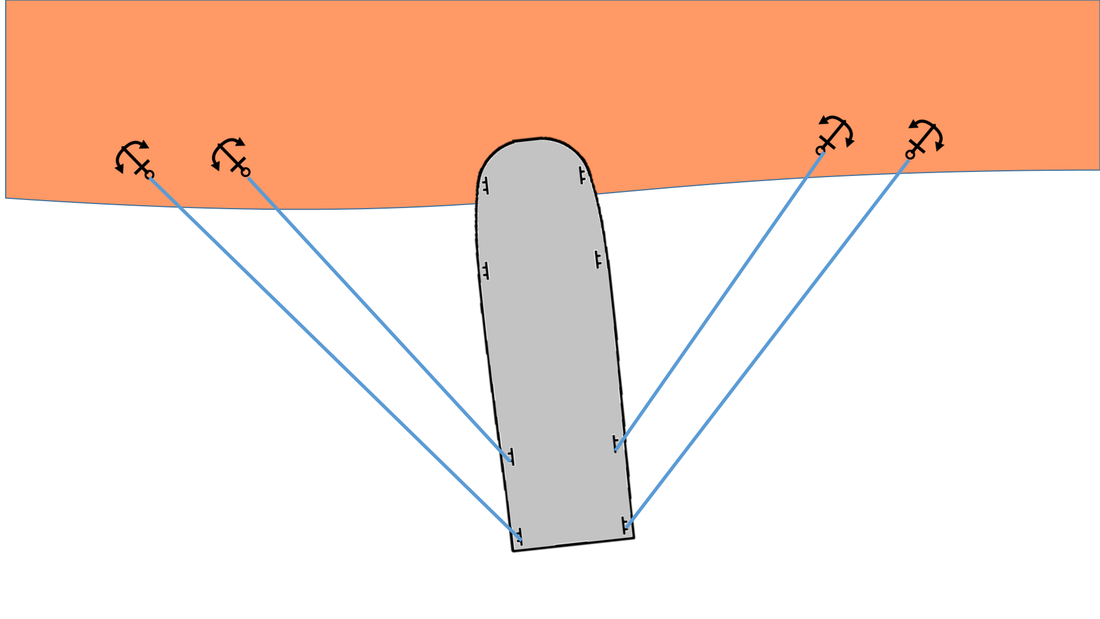
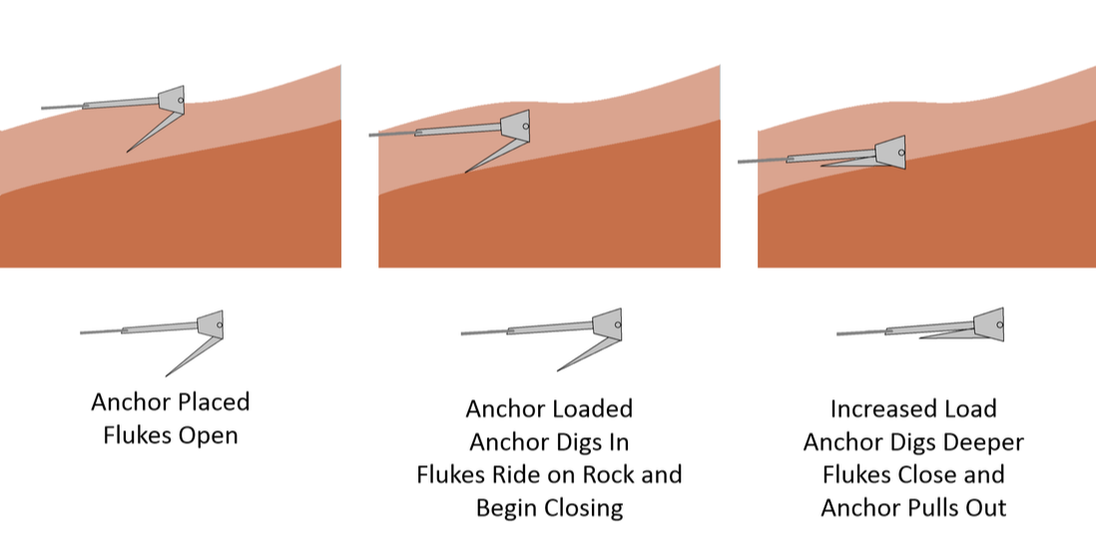
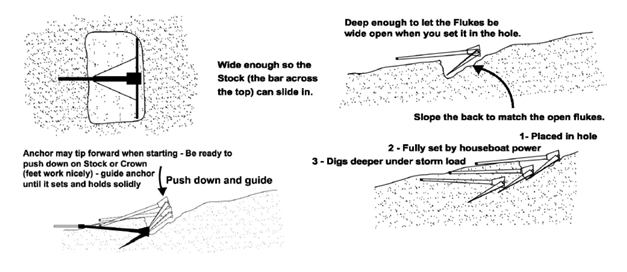
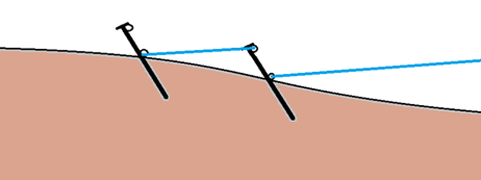
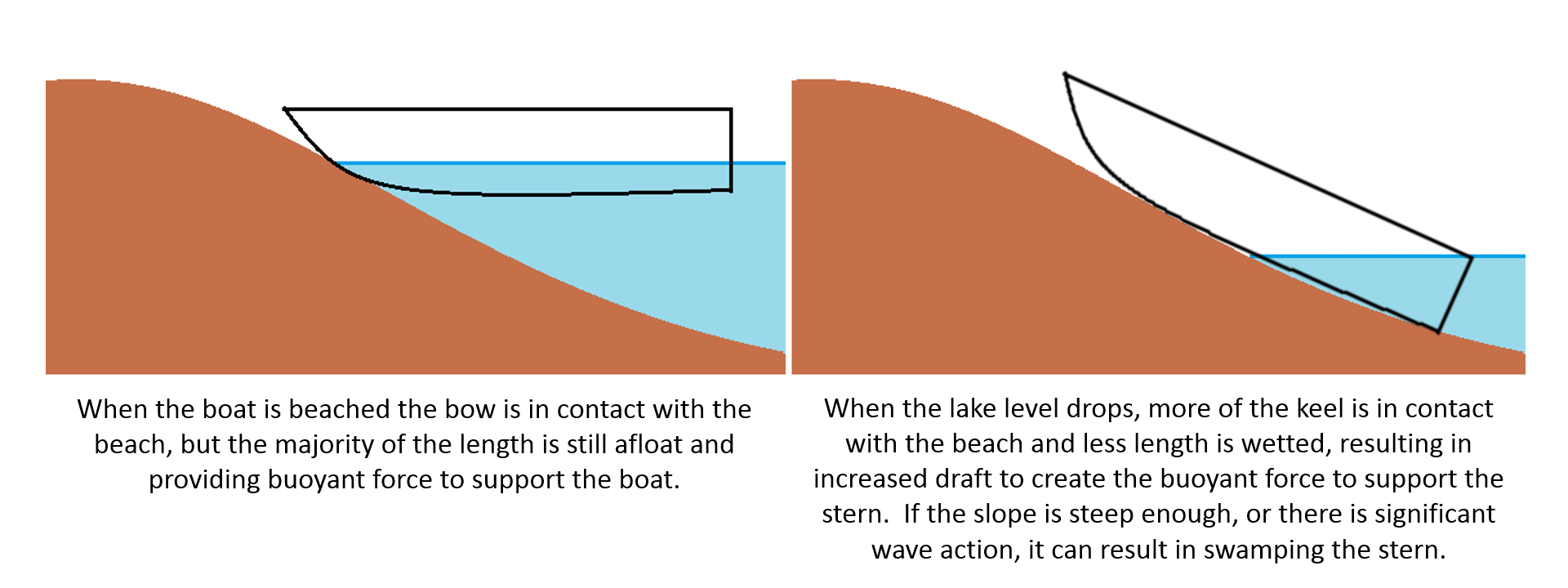
 RSS Feed
RSS Feed